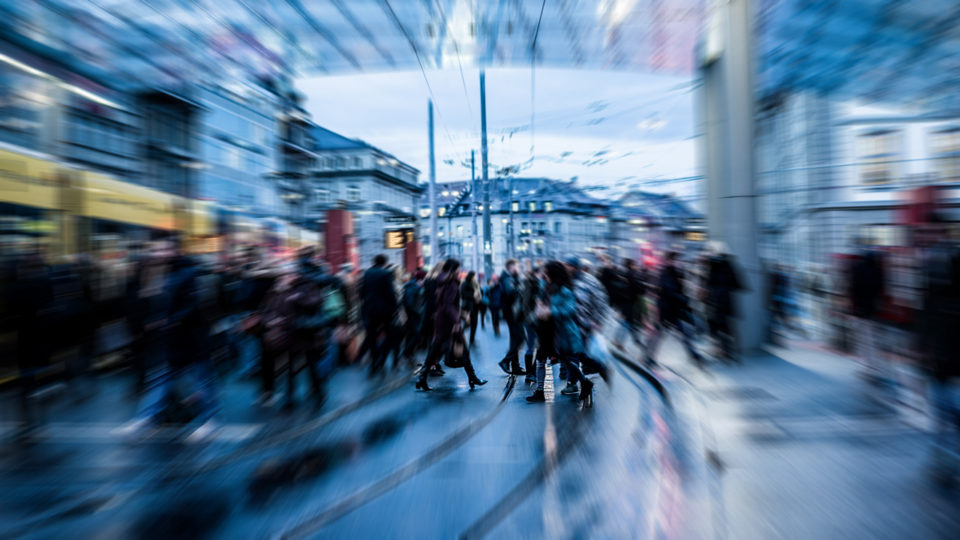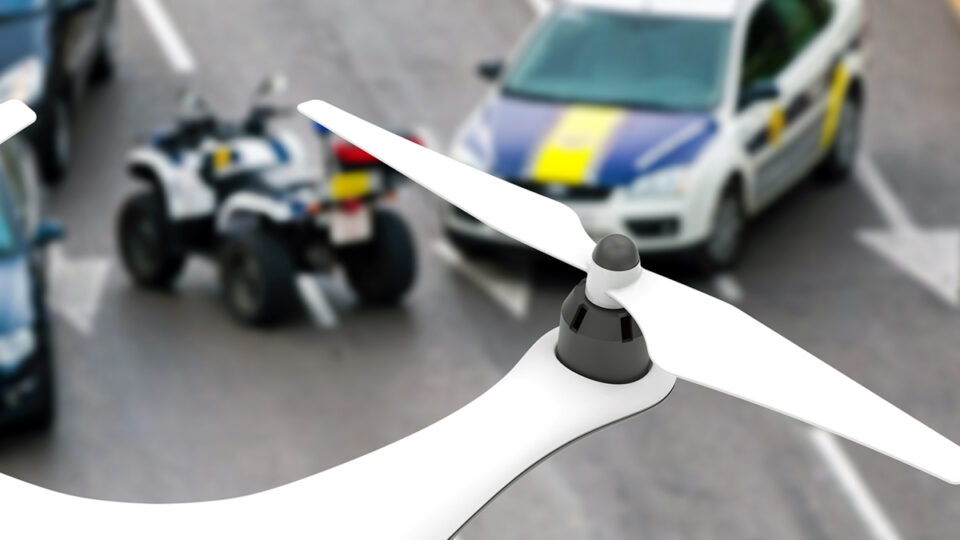
How to get the most out of your video analytics solution
Video analytics solutions are definitely adding lot of value to your surveillance systems, providing actionable insights that enable better decisions. Running on servers, the cloud, or the edge, these smart algorithms have turned security cameras from reactive to proactive devices. However, not every customer who uses video analytics is able to get the best results from them. In the UK, for instance, 90 percent of smart cameras installed have embedded analytics, but only about 25 percent of them have it activated.
Making the most of video analytics requires a clear understanding of certain fundamental principles and taking steps accordingly. This article explores some of the most crucial measures to ensure you get the best out of your video analytics solutions.
1. Be clear about your requirements
Your journey to implementing an effective video analytics solution begins with defining your requirement. What exactly are you trying to achieve with video analytics? Being clear about this, will help you choose the right video analytic solution.
Do you want to see sales revenue generated per visitor at a retail store? Get a people counting solution. Is your goal to prevent shoplifting? Get an analytics solution that monitors such activities. Do you want to know which products in a store attract the most customers? Get a heat mapping solution.
If you don’t define your requirements upfront, you could end up acquiring a solution that you don’t need or, worse, becomes a liability. With a clear objective, you can decide what camera and analytics solution to use.
2. Proper camera placement and angle
Once your goals are clear, and you know what hardware and software you will use, the next step is deciding where and how to place the camera. The basic rule here is that you should position the camera in such a way that it captures what is required.
Is license plate recognition (ANPR) at a gate your objective? Make sure the camera is placed at a height and angle that allows capturing clear visuals of vehicle license plates with proper lighting. Do you want to use face recognition? Place the camera at eye level, facing people. Tracking inventory at a retail store? Let the camera get a clear, unobstructed view of the shelves.
Getting the camera placement right is integral to capturing the required visuals that a video analytics platform can process. Without the correct input data, results from the analytics software will not be helpful.
3. Manage environmental noise
If you are placing the camera outdoor or in a place that’s likely to see atmospheric interferences like in a kitchen, be ready to work around them.
For instance, your video analytics solution may not process low-light footage as well as expected. Add extra lights (regular or infrared) or figure out other ways to improve the conditions so the camera doesn’t struggle to capture good quality footage. Other factors to consider are rain, dust, smoke, etc., all of which lower video quality.
Modern video analytics solutions can enhance video quality to some extent, but nothing can substitute the optical data that comes directly from the camera. To get the best out of your video analytics solution, make sure the camera is able to capture the best possible visuals.
4. Have adequate resources and SoPs(*) to manage it
Getting a video analytics solution in place is only half the work done. You need to have the resources and proper SoPs in place to make it worthwhile. Without a process to turn data into actionable insights, your video analytics solution would be a colossal waste of money.
What would you do if the analytics software alerts you of shoplifting at a retail store? Do you have enough people on the floor to respond? Do they know what to do? What would your staff do if an ANPR-integrated access control detects an unknown number plate and refuses to provide access?
You would need to have a plan for handling analytics data. For instance, people counting software will give you the total number of people who entered your store. But do you know how to process this data to make it actionable? How can you turn this information into something that helps your sales?
(*) SOP: Standard Operating Procedure
5. Follow regulatory requirements
Many regions worldwide have privacy laws limiting the use of video analytics that invade peoples’ privacy, especially in public spaces. To avoid running into trouble with the regulators and losing money, understand the relevant rules in your area.
Many video analytics solutions offer features that capture data without compromising privacy. For instance, it can identify the faces of e.g shoplifters while masking out everyone around them. Video redaction tools can also blur faces in situations where they are not relevant.
Your systems integrator may be able to provide the required information on this and help you use the necessary tools. You can also check with local authorities on vertical-specific rules. For example, what is allowed at a factory may not be the same as at a hospital or school.
Conclusion
Video analytics is a handy tool for business intelligence and security. But it will not help you if you just “set it and forget it.” Only proper steps, taken with a clear idea of the objectives, and in the respect of the privacy regulation, will help you get the best returns on your investment.
In the coming years, we will see analytics playing an even more critical role in physical security. Algorithms will get smarter thanks to the advancements in AI, and solution providers will flaunt these buzzwords to attract customers. In-depth knowledge of how you can make the most of these new offerings will be an asset for your business.
Olivier Nitre




